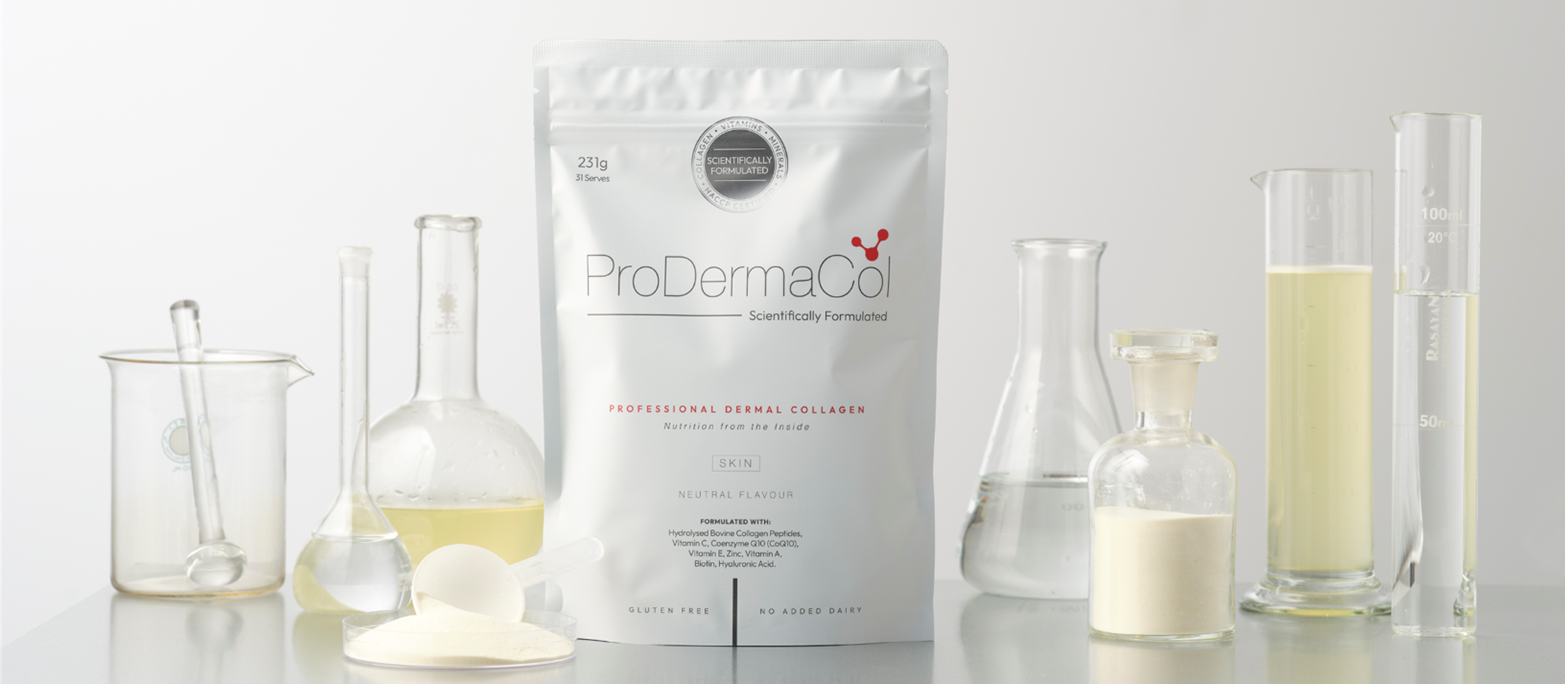Supported By Medical Research
Scientifically Formulated
ProDermaCol® has been specifically designed to nourish, revitalise and hydrate skin recovering from dermal treatments. The formula incorporates premium German low molecular weight Hydrolysed Collagen Peptides blended with Vitamin C, Vitamin A (as retinol equivalents), Vitamin E, Biotin, Hyaluronic Acid, Coenzyme Q10, and Zinc.
Together these ingredients work synergistically to enhance skin well-being, recovery from dermal treatments, and optimum skin rejuvenation benefits.
Real 5 Star Reviews

Product Compliance
ProDermaCol® is manufactured in Australia under the: Australian New Zealand Food Standards Code (FSANZ).
Our ingredient formula conforms with both the: Nutrient Reference Values for Australia and New Zealand Including Recommended Dietary Intakes 2006 version 1.2 updated September 2017, and the Australian Food Standards Code. This ensures ProDermaCol® ingredients and all their respective quantities are safe and regulated.
We operate in accordance with the: Hazard Analysis & Critical Control Point (HACCP) certification.
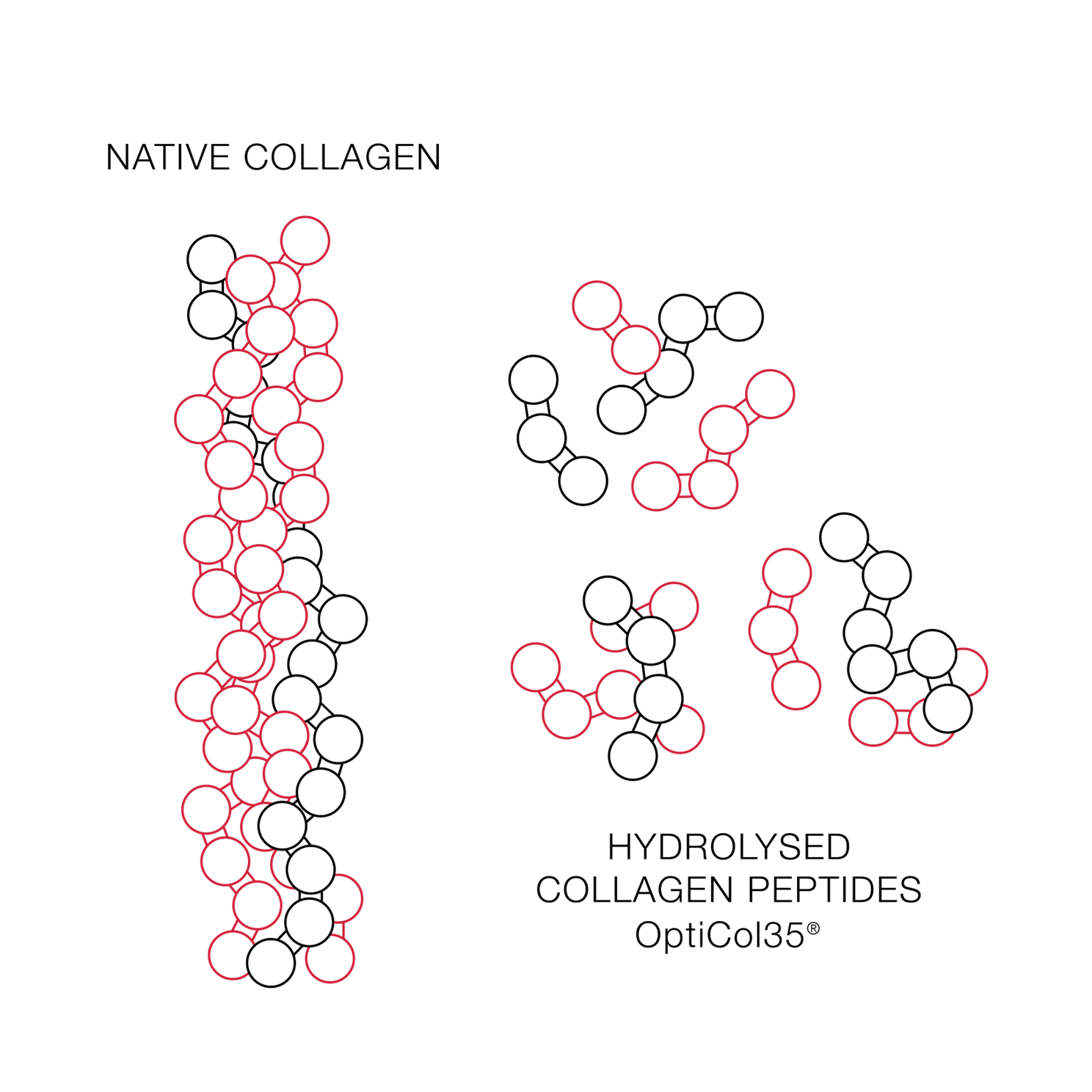
The ProDermaCol Difference
Our proprietary Collagen OptiCol35® is the foundation for ProDermaCol® and is blended with dermal supportive ingredients.
The ProDermaCol® formula was developed with our extensive protein experience ensuring each ingredient is supported by medical research.
Our premium German low molecular weight Hydrolysed Collagen Peptides are blended with a considered mix of vitamins and mineral supplements under the Australian New Zealand Food Standards Code (FSANZ).
The serving size of ProDermaCol® is 7g. The Collagen component origionates from the manufacturer. Ingredients and respective quantities are guided by FSANZ.
Study: Oral Intake of Low-Molecular-Weight Collagen Peptide Improves Hydration, Elasticity, and Wrinkling in Human Skin: A Randomized, Double-Blind, Placebo-Controlled Study. Reference
ProDermaCol Collagen OptiCol35®
Hydrolysed Collagen Peptides - OptiCol35
Hydrolysed Collagen, also known as collagen peptides, is produced by breaking down collagen into smaller peptide chains through enzymatic hydrolysis. This process involves using specific enzymes, such as proteases, to cleave the peptide bonds in the collagen protein, resulting in smaller peptide chains and free amino acids.
OptiCol35® Amino Acid Composition Weight (%)
Alanine 8.6 ,Arginine 7.3, aspartic acid 5.8, Glutamic acid 10.2, Glycine 22.1, Histidine 1.0, Isoleucine 1.4, Leucine 2.7, Lysine 3.6. Hydroxylysine 1.6, Methionine 0.9, Phenylalanine 2.1, Proline 12.6, Hydroxyproline 11.9, Serine 3.2, Threonine 1.8, Tyrosine 0.8, Valine 2.4
Benefits of Hydrolysed Collagen
The hydrolysis process ensures that the collagen is broken down into smaller, more bioavailable peptides and amino acids, which are more
effectively absorbed and utilized by the body. The smaller peptides and free amino acids can be rapidly incorporated into tissues, providing quicker benefits compared to larger, intact collagen molecules.
Study: Enzymatic Hydrolysis of a Collagen Hydrolysate Enhances Postprandial Absorption Rate—A Randomized Controlled Trial.
Collagen is a Protein
A definition, “Collagen is protein molecules made up of amino acids. It provides structural support to the extracellular space of
connective tissues. Due to its rigidity and resistance to stretching, it is the perfect matrix for skin, tendons, bones, and ligaments.
Collagen can be further divided into several groups depending on the type of structures they form. There are 28 various types of collagen that have been discovered, but by far, the most common are types I through IV, with type I comprising over 90% of the collagen in the human body”
Added Vitamin & mineral supplements
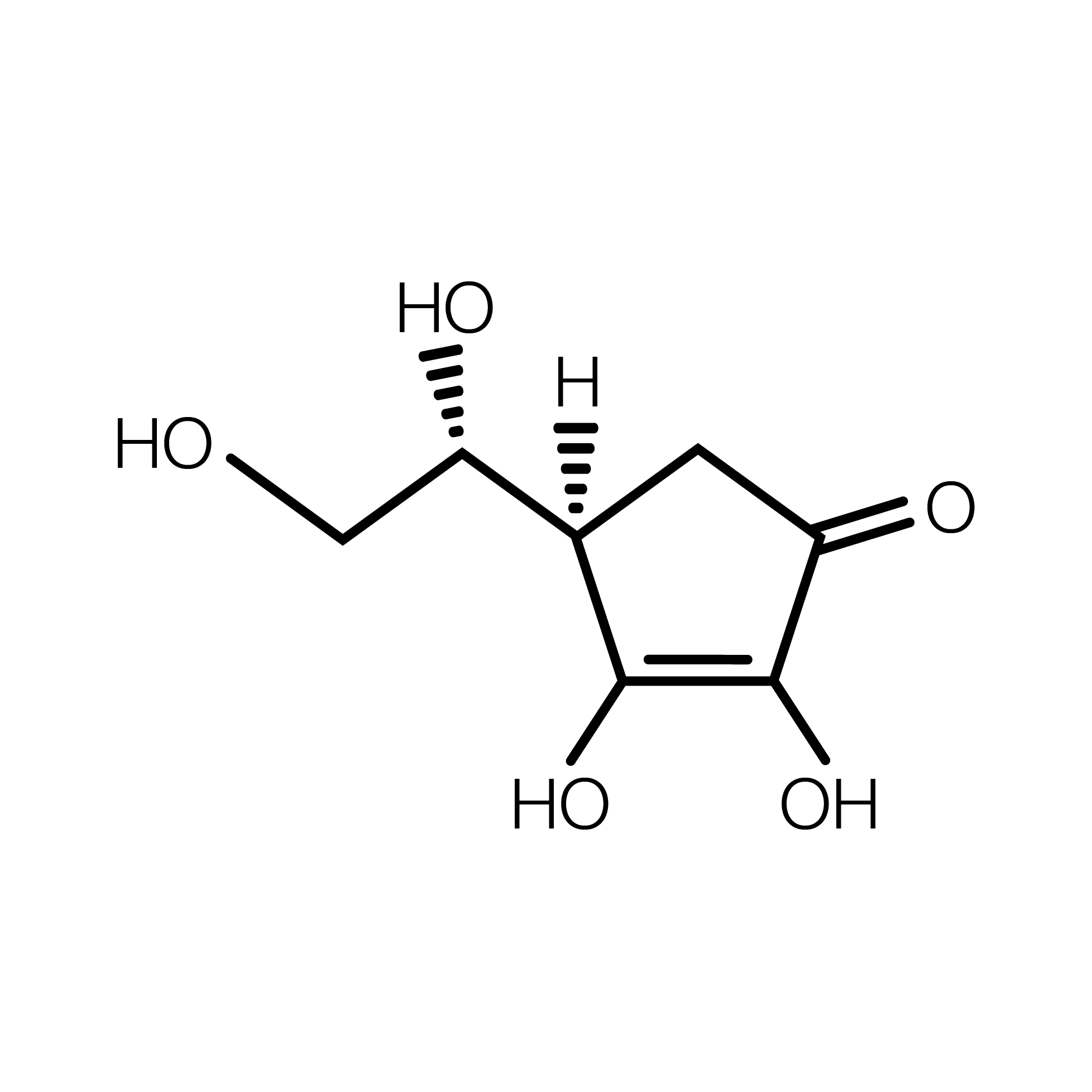
Vitamin C (AscorbicAcid)
Australia New Zealand Food Standards Code – Schedule 4 – Nutrition, health and related
claims
- Contributes to normal collagen formation for the normal function of skin
- Contributes to normal collagen formation for the normal structure of cartilage and bones
- Contributes to normal collagen formation for the normal function of teeth and gums
- Contributes to cell protection from free radical damage
- Necessary for normal connective tissue structure and function
- Necessary for normal blood vessel structure and function
- Contributes to normal energy metabolism
- Contributes to normal psychological function
- Contributes to the normal immune system function
Study: Ascorbic Acid (Vitamin C) as a Cosmeceutical to Increase Dermal Collagen for Skin Antiaging Purposes: Emerging Combination Therapies
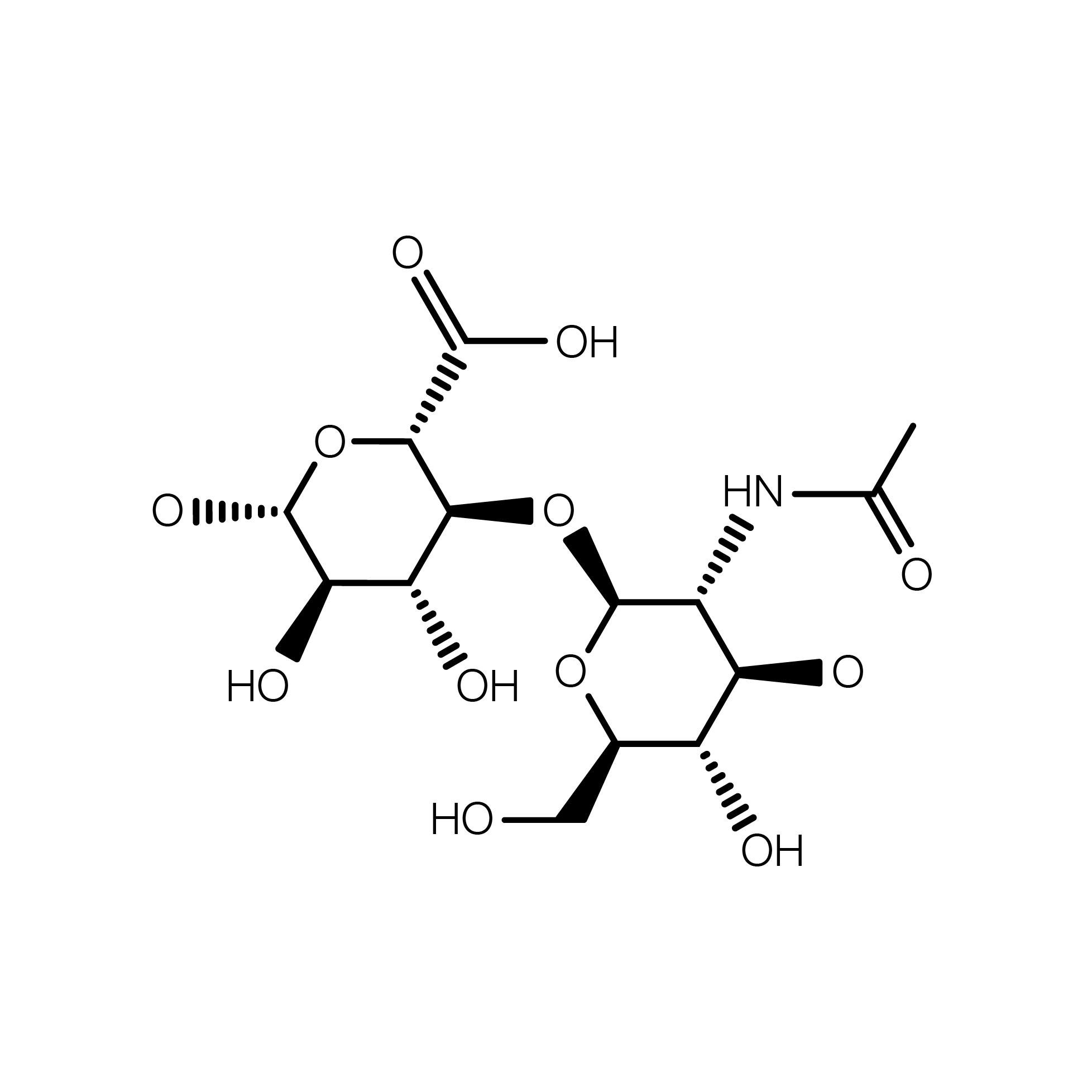
Hyaluronic Acid
“Hyaluronic Acid is a humectant — a substance that retains moisture — and it is capable of binding over one thousand times its weight in water. This substance is naturally found in many areas of the human body, including the skin, eyes, and synovial fluid of the joints. HA used in beauty and skincare products. As we age, the production of key substances in the skin, including hyaluronic acid (along with collagen and elastin) decreases. As a result, our skin loses volume, hydration, and plumpness. provides deep hydration, improving skin elasticity and
suppleness.”
Study: Hyaluronic Acid and wound healing
Hyaluronic Acid is also used as a flavouring substance of which helps ProDermaCol mix
neutrally into your choice of beverages or foods.
Added Vitamin & mineral supplements cont...
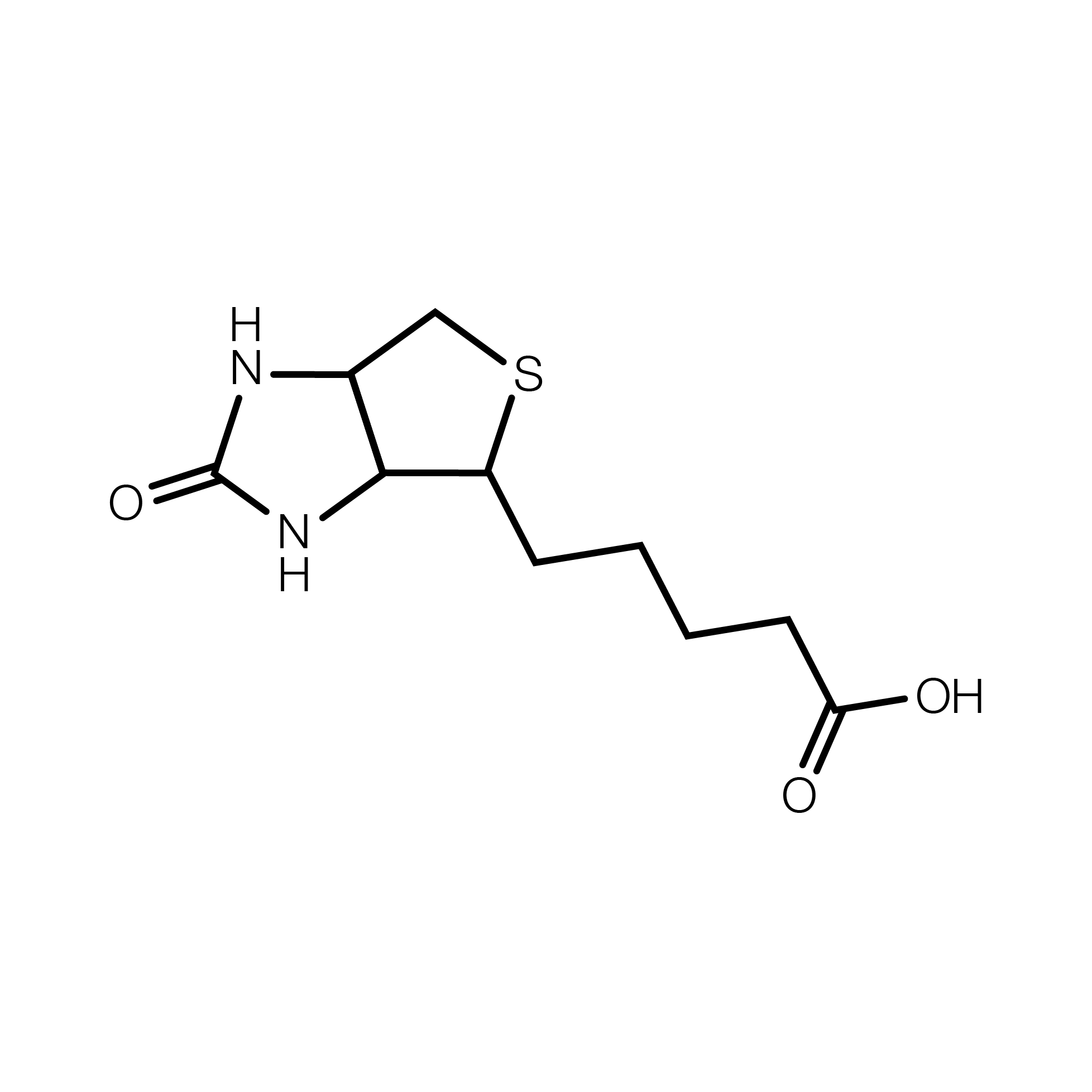
Biotin (Vitamin B7)
Australia New Zealand Food Standards Code – Schedule 4 – Nutrition, health and related
claims
- Contributes to maintenance of normal skin and mucous membranes
- Contributes to maintenance of normal hair
- Contributes to normal fat metabolism and energy production
- Contributes to normal functioning of the nervous system
- Contributes to normal macronutrient metabolism
- Contributes to normal psychological function
Study: Nutritional Supplements for Skin Health—A Review of What Should Be Chosen and Why
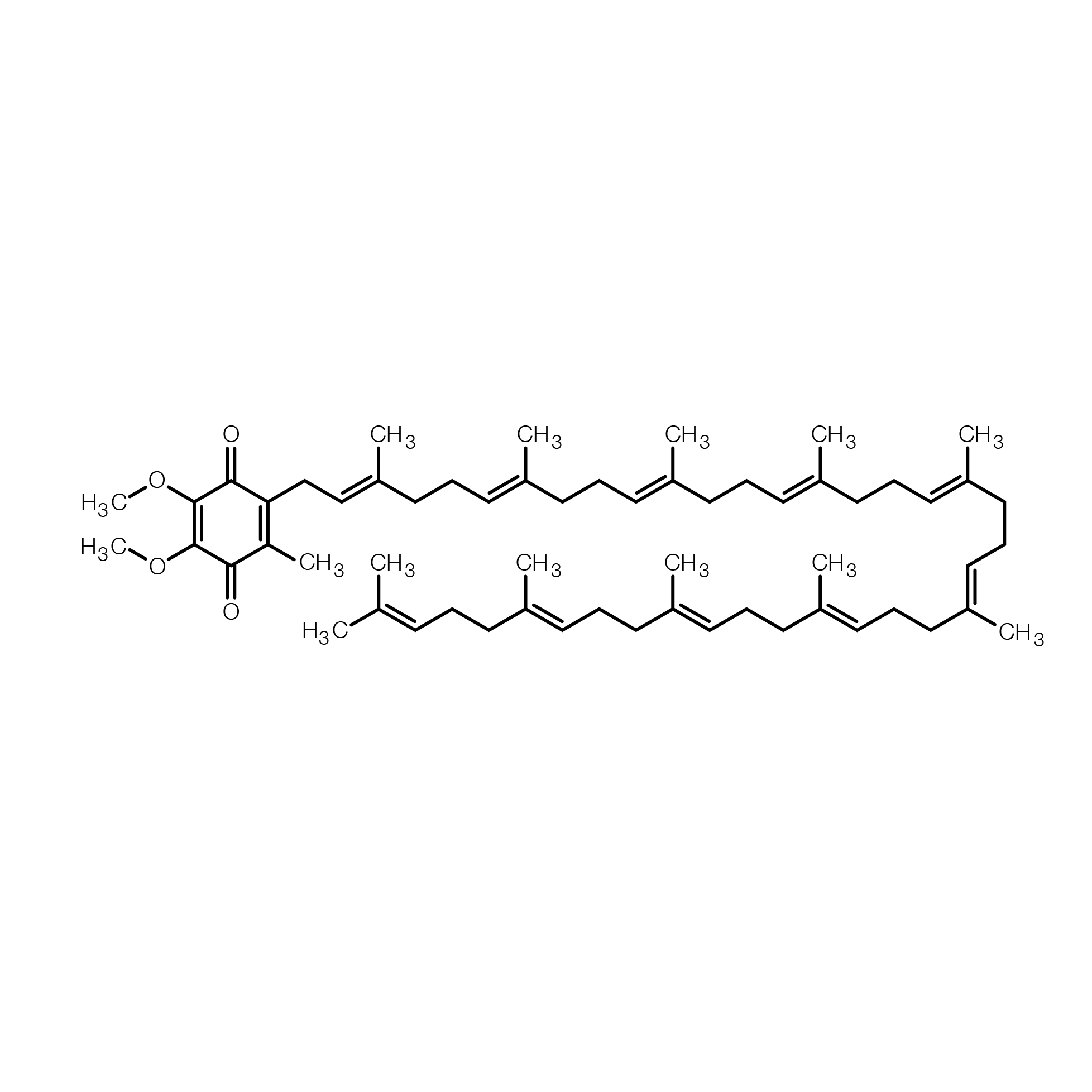
Co-enzymeQ10
Co-enzyme Q10 is a nutrient
that the body needs in small amounts to function and stay healthy. Coenzyme Q10
helps mitochondria (small structures in the cell) make energy. It is an antioxidant that helps prevent cell damage caused by free radicals (highly reactive chemicals). Coenzyme Q10 is fat-soluble (can dissolve in fats and
oils)
Study: Effects of a Combination of Water-Soluble CoenzymeQ10 and Collagen on Skin Parameters and Condition: Results of a Randomised, Placebo-Controlled, Double-Blind Study
Added Vitamin & mineral supplements cont...
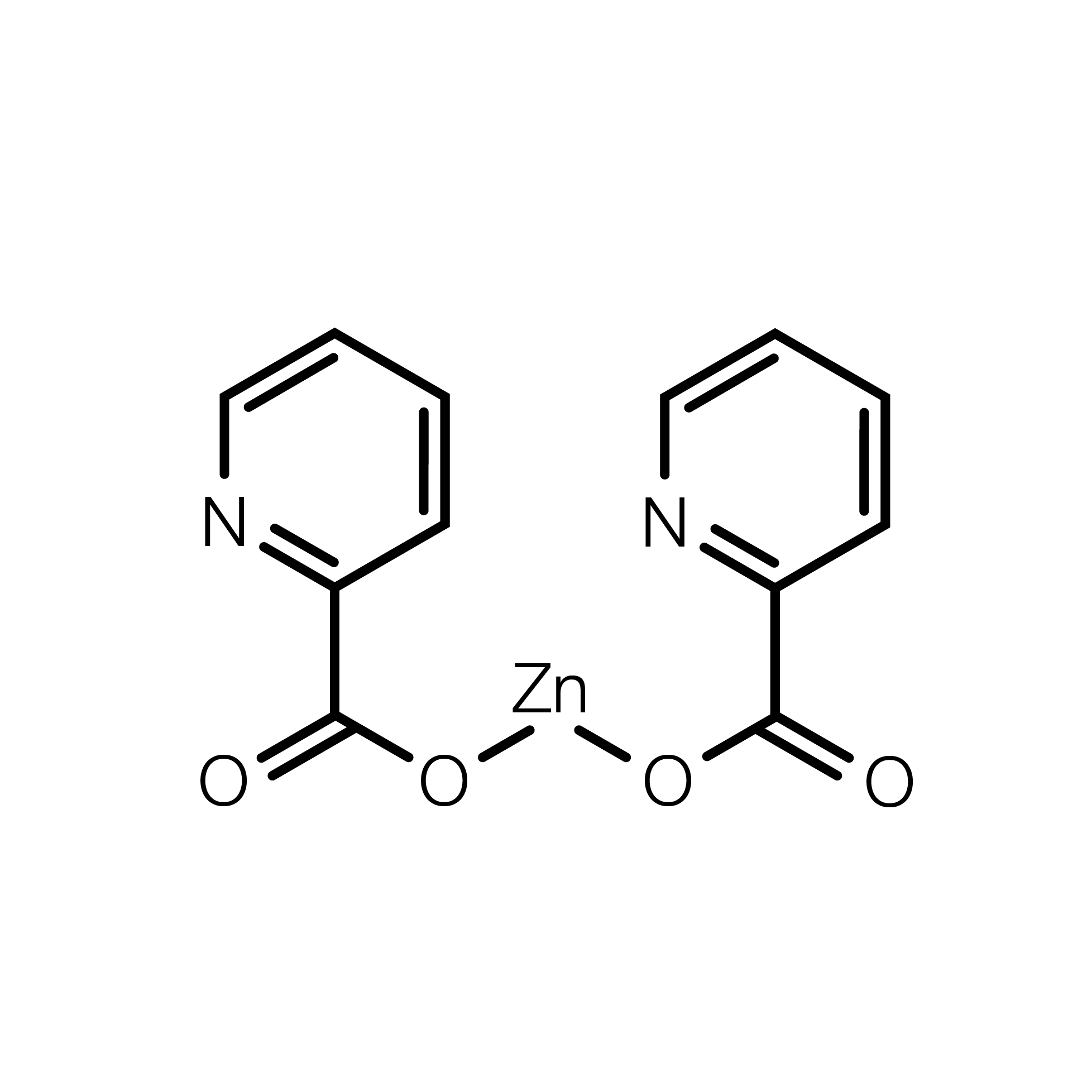
Zinc
Australia New Zealand Food Standards Code – Schedule 4 – Nutrition, health and related
claims
- Necessary for normal immune system function
- Necessary for normal cell division
- Contributes to normal skin structure and wound healing
- Contributes to normal acid-base metabolism
- Contributes to normal carbohydrate metabolism
- Contributes to normal fertility and reproduction
- Contributes to normal macronutrient metabolism
- Contributes to normal protein synthesis
- Contributes to the maintenance of normal bones
- Contributes to the maintenance of normal hair and nails
- Contributes to cell protection from free radicals
Study: Zinc and skin biology
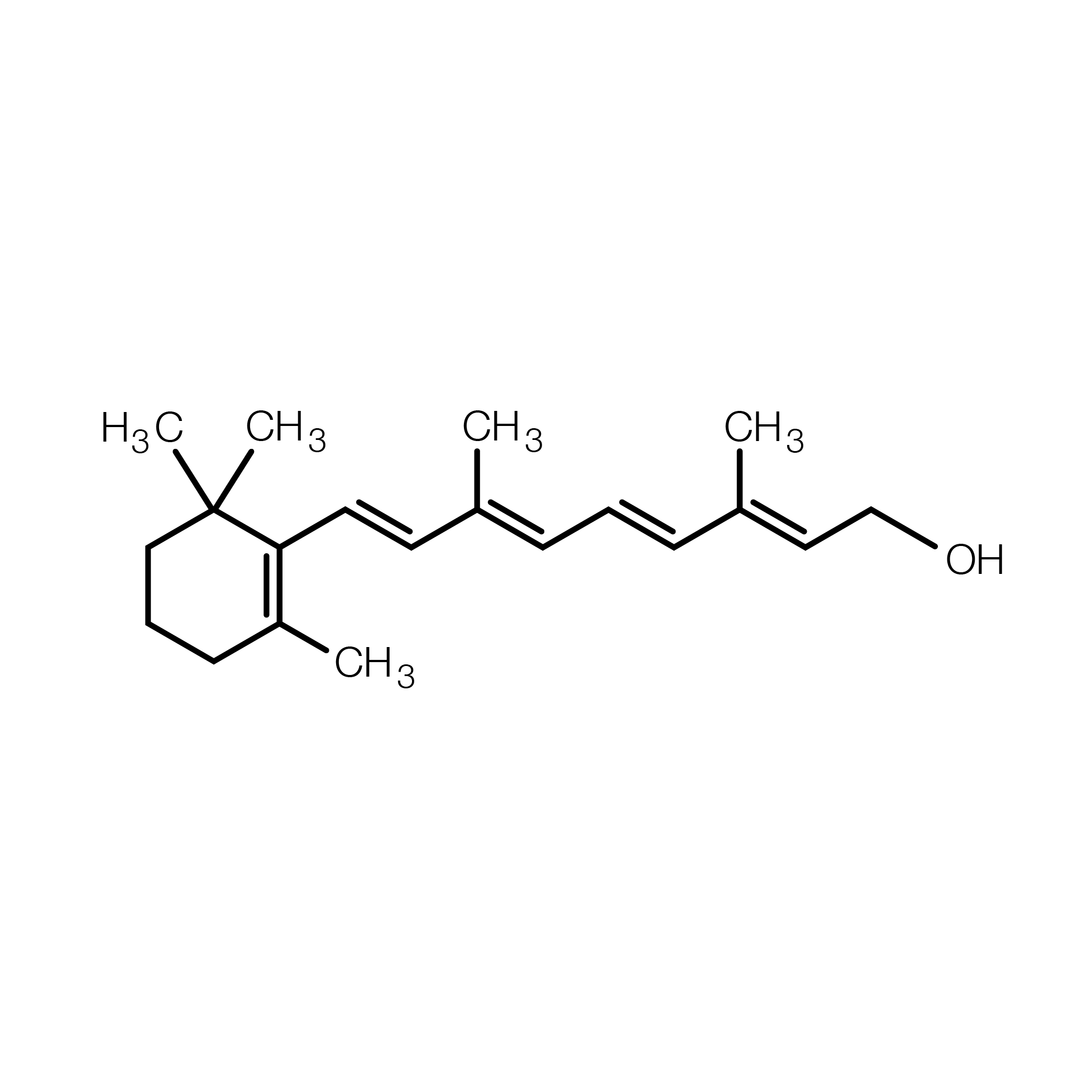
Vitamin A (as Retinol EQ)
Australia New Zealand Food Standards Code – Schedule 4 – Nutrition, health and related
claims
- Necessary for normal skin and mucous membrane structure and function
- Necessary for normal cell differentiation
- Necessary for normal vision
- Contributes to normal iron metabolism
- Contributes to normal immune system function
Study: The Role of Vitamin A in Wound Healing
Added Vitamin & mineral supplements cont...

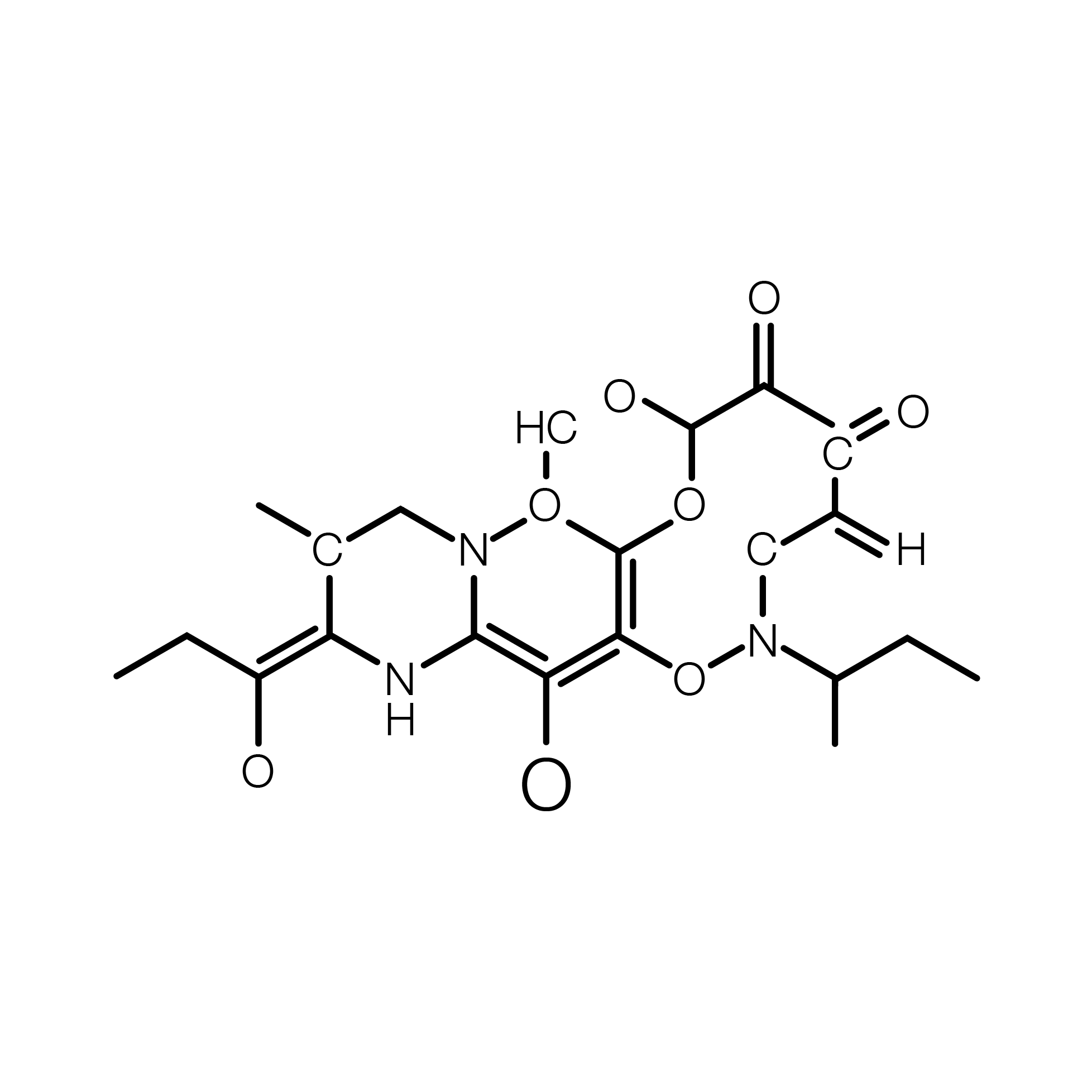
Hydrolysed Collagen Peptides
Collagen is a form of protein. Therefore claims refer to Protein.
Australia New Zealand Food Standards Code – Schedule 4 – Nutrition, health and related
claims -
- Neccessary for Tissue Building and Repair
- Contributes to the maintainance of muscle mass
Study: A Collagen Supplement Improves Skin Hydration, Elasticity, Roughness, and Density: Results of a Randomized, Placebo-Controlled, Blind Study
Featured collection
